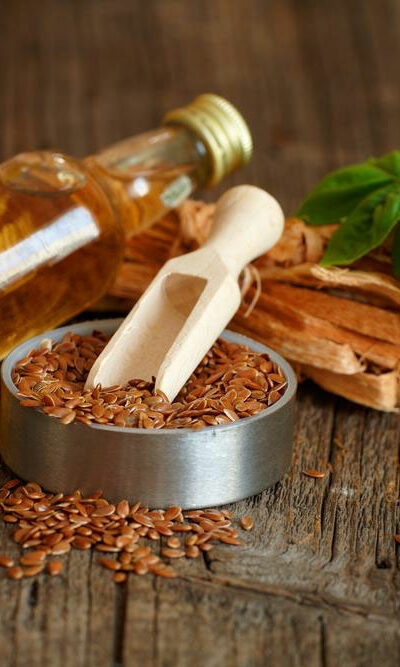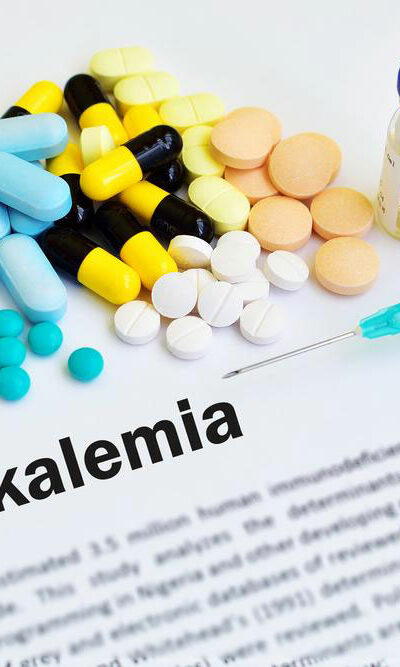
6 Natural Remedies for Hair Growth
Herbs possess a myriad of growth-boosting properties that make them some of the best natural remedies for hair treatment. For ages, certain herbs have been used for hair treatment. From treating conditions like alopecia that causes sudden hair loss to nourishing hair strands, there are plenty of ways in which they can improve the health and appearance of your hair. Here’s a list of herbs you can include in your weekly diet for boosting hair growth and improving the appearance of your hair: Hibiscus Hibiscus flowers are loaded with vitamin C and amino acids that work effectively against hair issues and stimulate the growth of healthy hair. Also, they help cleanse the scalp and remove product build-up that often causes itchiness and dryness of the scalp, leading to dandruff. This popular herb also tackles hair breakage. You can use hibiscus flowers to create a homemade shampoo or hair masks and use them to get healthy hair. Lavender Lavender is an ancient herb that is often used as a hair care remedy. It contains antioxidants and phytochemicals that enable it to reverse hair loss and encourage hair growth. For ages, it has been used to combat issues like baldness. You can incorporate lavender oil in your hair care regimen to reap the benefits of this exceptional herb. Rosemary Rosemary is a remarkable herb replete with nutrients that helps counter hair problems and boosts hair growth. It works as a natural moisturizing agent for the hair and also treats brittle hair. It is mostly used in the form of oil for hair treatment by massaging it onto the scalp for enhanced blood circulation, which promotes hair growth. You can use rosemary oil for hair treatment and restore the health of your tresses. Peppermint Often used for hair treatment in the Ayurvedic system of medicine, peppermint is a nutritional herb that revives damaged hair and promotes hair growth.










